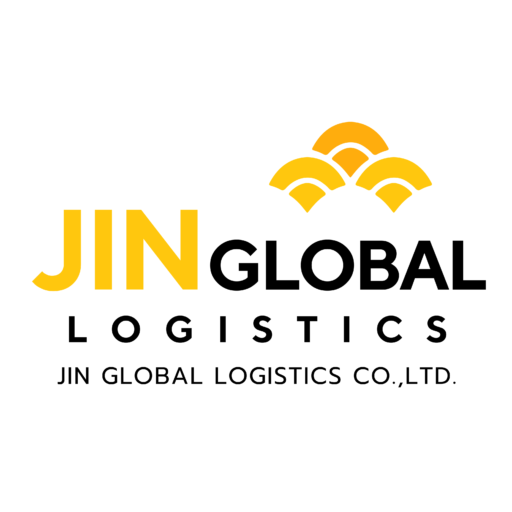Crowd Logistics in our future
The logistics industry is entering a new era of digital transformation. Traditional models that rely on centralized distribution centers and fixed routes are no longer fast or flexible enough for today’s on-demand economy. As global logistics e-commerce and urban delivery needs continue to grow, a new solution has emerged Crowd Logistics.
Let’s explore how Crowd Logistics is changing the way businesses move goods in the era of smart delivery.
china-thai cargo expressed
Table of Content
What is Crowd Logistics
How Crowd Logistics works
Benefits of Crowd Logistics
Example companies in thailand
Conclusion
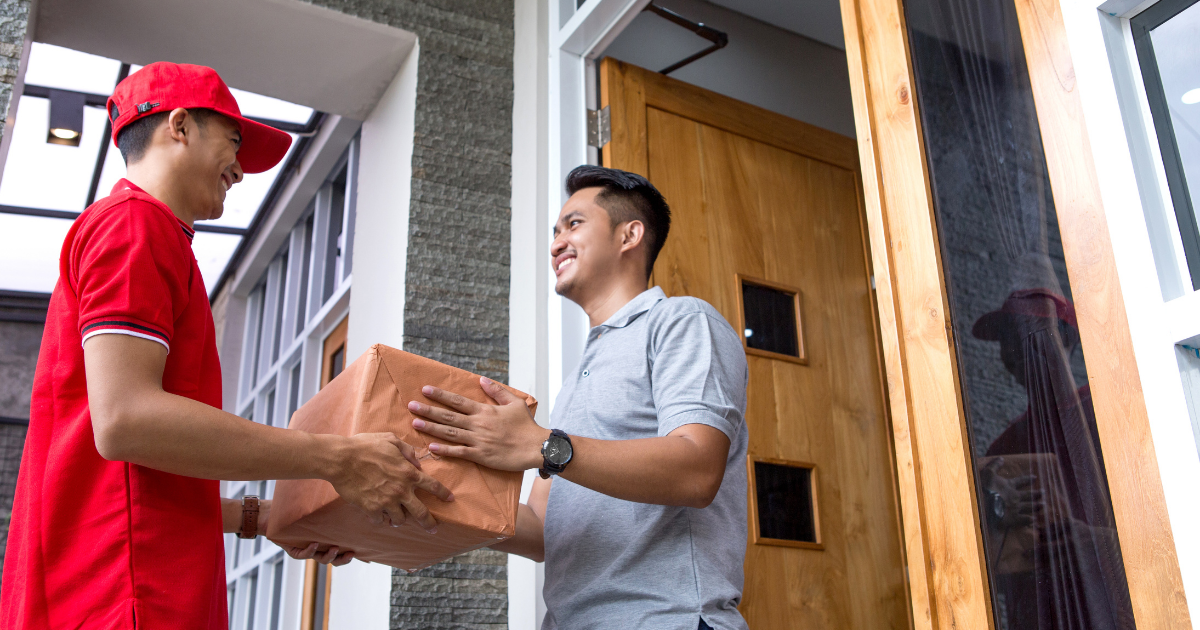
What Is Crowd Logistics?
Crowd Logistics is a modern logistics concept that combines technology, community participation, and shared delivery resources. Instead of depending solely on large logistics providers, this system connects shippers with independent drivers, couriers, or even ordinary people who are already on the move creating a flexible, people-powered delivery network.
At its core, Crowd Logistics is based on the idea of “using the power of the crowd” to handle transportation more efficiently. Through mobile applications or web platforms, companies post shipment requests, and available drivers accept delivery jobs that fit their route or schedule.
🔹 How It Works in Simple Terms
-
Digital connection: Businesses upload shipment details to a logistics platform.
-
Real-time matching: The system identifies nearby drivers who can take the delivery.
-
Smart monitoring: GPS and tracking tools allow customers to monitor the shipment’s progress.
-
Automated confirmation: Once delivered, proof of delivery is uploaded, and payment is released automatically.
This model is sometimes called the “Uber of Logistics” because it transforms how goods move fast, dynamic, and digitally coordinated. Unlike traditional centralized logistics, which relies on fixed fleets and set schedules, Crowd Logistics adapts instantly to demand fluctuations.
Bulk manufacture OEM from Alibaba🔹 Real-World Example
An online retailer in Bangkok needs same-day delivery for orders under 10 kg. Instead of using a warehouse-based courier, the company lists tasks on a Crowd Logistics app. Independent drivers nearby accept the jobs, reducing idle time and delivery costs by up to 30%.

How Crowd Logistics Works
At first glance, Crowd Logistics may sound like a simple “delivery-sharing” system but behind it lies an advanced digital ecosystem that synchronizes thousands of users, vehicles, and routes in real time.
It functions through a combination of mobile technology, data analytics, and community participation, all working together to achieve fast and cost-effective deliveries.
🔹 Step-by-Step Process
-
Shipment Posting:
A business or individual posts delivery details on a Crowd Logistics platform, including pickup and drop-off locations, package size, and time frame. -
Matching and Acceptance:
The system instantly matches the shipment with registered couriers or drivers nearby. They can accept the job based on their route, availability, and vehicle capacity. -
Real-Time Tracking:
GPS technology enables customers and logistics coordinators to monitor the shipment from dispatch to delivery. -
Proof of Delivery and Payment:
Once completed, delivery confirmation (such as a digital signature or photo) is uploaded, and payment is processed automatically within the platform.
🔹 Technology Behind the System
-
AI Algorithms optimize route planning and assign the most efficient driver for each task.
-
Cloud-Based Platforms manage data securely, allowing businesses to access shipment information anytime.
-
Mobile Integration ensures every step — from booking to proof of delivery — happens within one app.
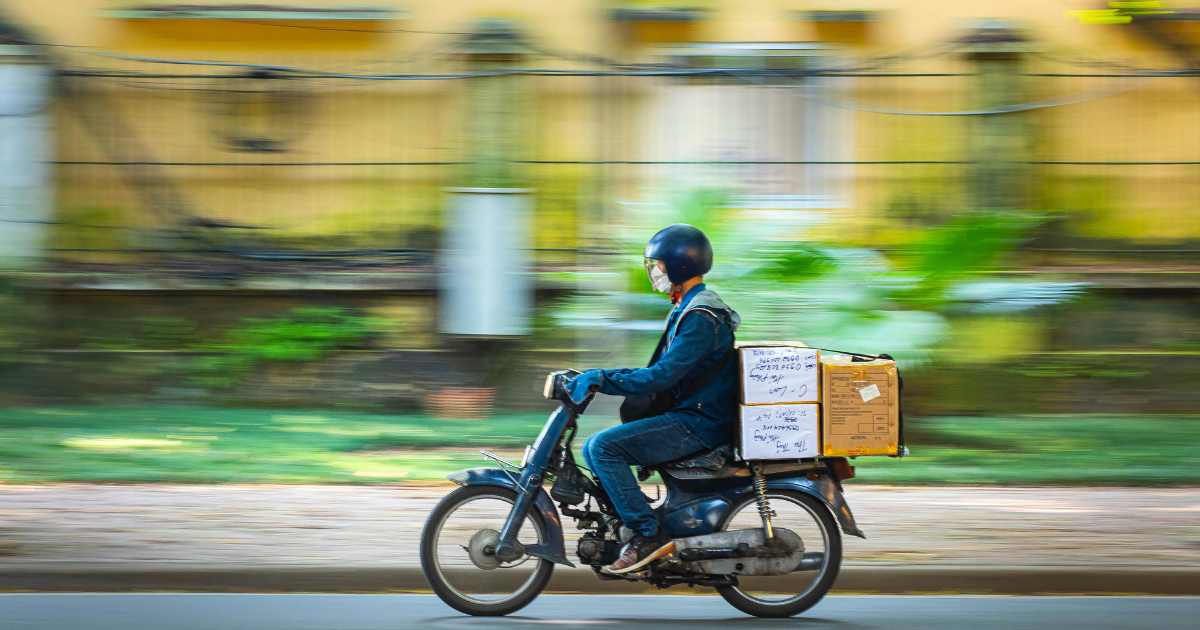
Benefits of Crowd Logistics for Businesses and Consumers
From small retailers to end customers. By combining digital coordination with community participation, it creates a faster, more flexible, and cost-effective logistics ecosystem.
For Businesses
-
Lower Operating Costs
Businesses can reduce fixed costs like vehicle maintenance, warehousing, and driver payroll by using on-demand delivery networks. -
Faster Response Times
Real-time matching allows goods to be delivered within hours instead of days, ideal for e-commerce and just-in-time manufacturing. -
Scalable Capacity
During peak seasons, companies can easily access additional delivery resources without hiring permanent staff. -
Better Visibility and Tracking
Integrated apps provide full transparency with live GPS tracking and digital proof of delivery. -
Sustainability Impact
By optimizing vehicle usage and reducing empty runs, companies cut both emissions and energy consumption.
For Consumers
-
Faster Last-Mile Delivery
Customers receive their packages sooner thanks to local drivers and flexible delivery schedules. -
Real-Time Updates
Tracking features offer peace of mind and help consumers plan around delivery times. -
Lower Delivery Fees
Shared logistics capacity lowers transportation costs, which can translate to cheaper shipping options. -
More Delivery Options
Consumers can select preferred time slots or local couriers, enhancing convenience and reliability.
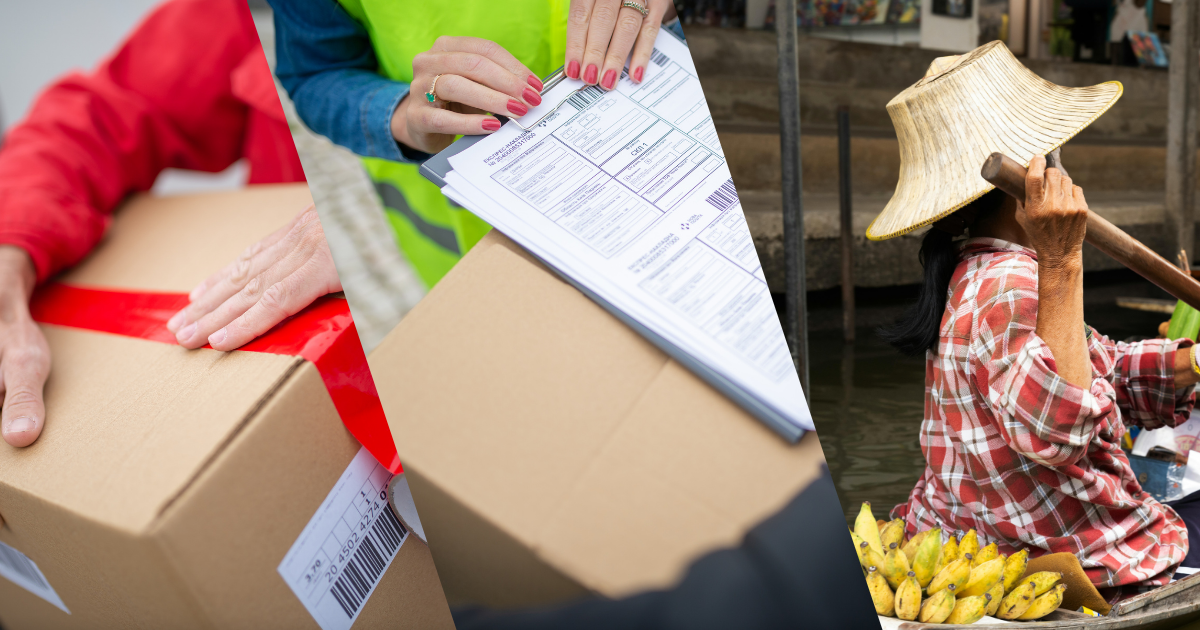
Examples of Crowd Logistics Companies in Thailand
Although Crowd Logistics is still an emerging concept in Thailand, several companies have already adopted similar models by integrating digital platforms, local couriers, and flexible delivery networks. These companies are paving the way toward more decentralized and technology-driven logistics systems
1. Skootar : (www.Skootar.com)
Skootar is one of Thailand’s leading urban delivery platforms that connects customers with freelance couriers for on-demand and same-day deliveries. Operating mainly in Bangkok and major cities, the platform uses location-based matching to assign the nearest available driver, minimizing idle trips and reducing costs.
2. Flash Express: (www.FlashExpress.com)
While not a pure crowd logistics provider, Flash Express incorporates a decentralized delivery model supported by local courier networks and micro-hubs. This hybrid approach allows for faster pickups, improved last-mile efficiency, and scalable delivery during peak demand periods.
3. Deliveree : (www.deliveree.com/th)
Deliveree operates as one of Thailand’s most recognized on-demand delivery platforms. It allows independent drivers with their own vehicles from motorcycles and sedans to trucks to accept delivery jobs through a mobile app. The platform uses real-time matching to connect drivers with nearby pickup requests, optimizing routes and reducing idle time. This approach reflects the core principles of Crowd Logistics: shared resources, flexibility, and real-time coordination.
4. Makesend : (www.makesend.asia)
Makesend focuses on same-day parcel delivery within Bangkok and surrounding areas. The company leverages local delivery partners and route-optimization technology to speed up urban logistics. While it primarily serves the e-commerce market, its operational structure connecting multiple independent couriers under one digital system mirrors the adaptability of a crowd-based delivery model
Give us your infoMore Article from us
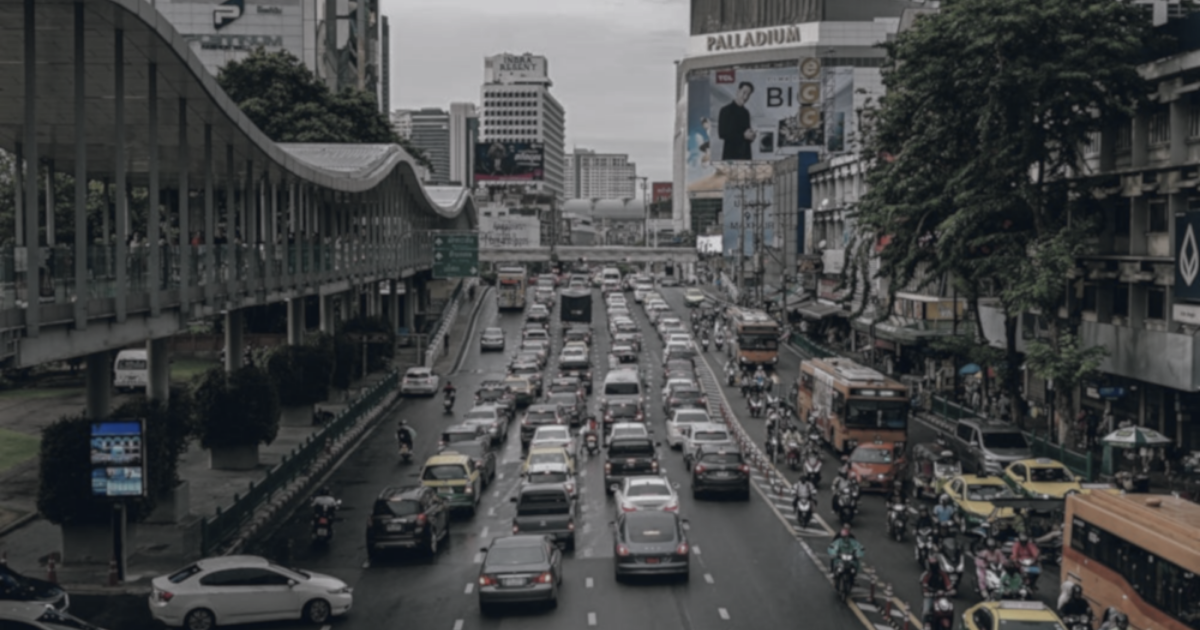
Conclusion
Crowd Logistics is redefining the logistics landscape through digital collaboration and shared efficiency. By connecting businesses, drivers, and technology on one platform, it creates a smarter, faster, and more sustainable way to deliver goods in the modern economy.
In Thailand, companies like Deliveree, APX, Makesend, and Aden demonstrate how crowd-based logistics can enhance flexibility and reduce operational costs while meeting rising delivery demands.
The future of smart delivery will depend on trusted partnerships that combine innovation with reliability. At JIN GLOBAL LOGISTICS, we can support all logistics solutions including integrating intelligent systems, real-time tracking, and end-to-end logistics solutions to help businesses move smarter and expand globally with confidence.

